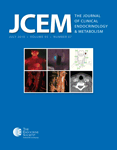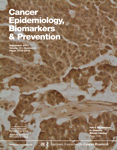
Celiac.com 08/05/2010 - A myriad of autoimmune disordersincluding, Addison's disease, type 1 diabetes and celiac disease areclosely associated with the HLA-DR3 haplotype. However it is has beenhypothesized that alleles of other genes in linkage disequilibriumwith HLA-DRB1 also contribute to the diseases.
Researchers at the Barbara Davis Centerfor Childhood Diabetes, University of Colorado Denver, Aurora,Colorado, conducted a study to characterize major histocompatabilitycomplex (MHC) haplotypes which put patients at high risk forAddison's disease.
Between 1992 and 2009, eighty-sixCaucasian subjects with 21-hydroxylase autoantibody-positive ,nonautoimmune polyendocrine syndrome type 1, were genotyped forJLA-DRB1, HLA-DQB1, MICA, HLA-B, HLA-A and high density MHCsingle-nucleotide polymorphism analysis for 34.
Measuring AD and genotype, 97% of themultiplex subjects, 60% of the simplex AD subjects and 13% of thegeneral population control group had both HLA-DR3 and HLA-B8. The study also found that 85% of the ADmultiplex subjects, 24% of the simplex patients and 1.5% of thecontrol group subjects presented with DR3/DR4 and B8. Also discovered through this study wasthat the DR3-B8 haplotype of AD subjects only 47% had HLA-A1,compared to the control subjects at 81% and the type 1 diabeticsubjects at 73%.
Researchers of this study concludedthat severe risk for Addison's disease, specifically in multiplexfamilies, is connected to haplotypic DR3 variants in specific a part(3.8) though not all of the conserved 3.8.1 haplotype.
Source:






Recommended Comments
There are no comments to display.